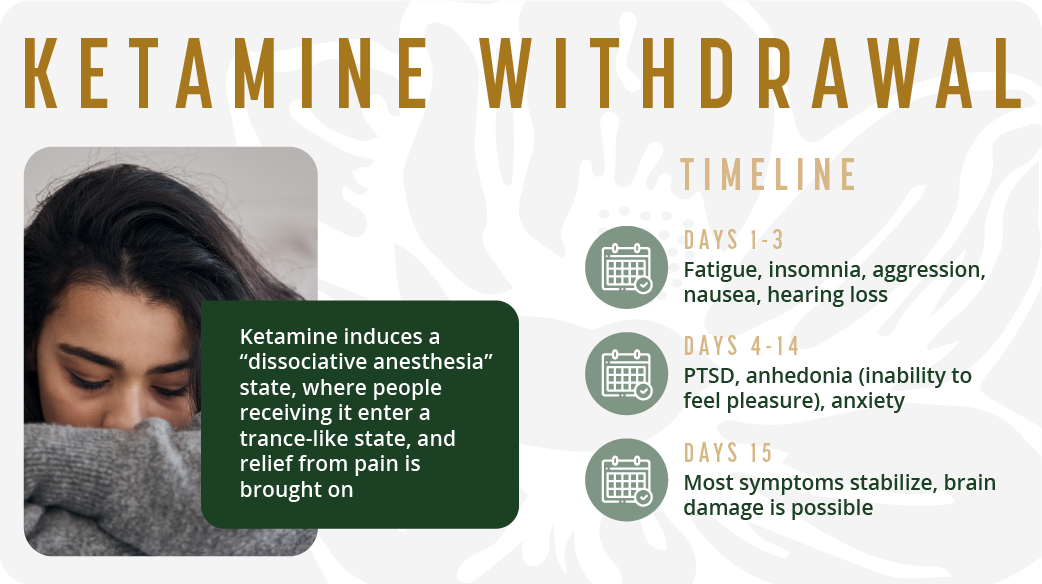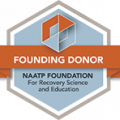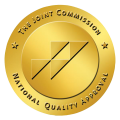A surprising fact is that more people are familiar with the ketamine withdrawal symptoms than actual knowledge about the substance itself. This could be attributed to the fact that ketamine is a popular recreational drug, giving users a significantly different experience than what they could get from most other abused substances.
Ketamine is a short-acting anesthetic and is considered to be one of the safest anesthetics used today. Compared to other substances with similar use, such as opiates, ether, and propofol, ketamine has not been documented to have a suppressing effect on a person’s respiration and heart rate.
Such an altered state, however, also tends to be something most would like to experience frequently, which is why ketamine has become an abused substance. Some of the effects of ketamine are actually seen as being beneficial, including that of moderate bronchodilation, which is the freeing-up of the air passages so that airflow to the lungs is improved.

Ketamine is also seen as a highly beneficial anesthetic in the treatment of head injuries. Head injuries are quite critical because the probability of going into shock due to hypotension, or severely lowered blood pressure, is quite high. Unlike other anesthetics, ketamine does not lower blood pressure, which is ideal in dealing with emergency procedures.
Two other beneficial properties of ketamine is that it reduces the use of morphine for people who tend to suffer greatly from postoperative pain, and it also minimizes the incidence and duration of postoperative nausea and vomiting. Vomiting is quite hazardous for people who just had surgery because the stress of the heaving could cause further bleeding.
Perhaps one of the best beneficial effects to ever be discovered from ketamine use is that it can quickly relieve symptoms of depression, even in people who don’t respond so well to other anti-depression treatments. It is believed that this is due to the fact that people who take ketamine experience a detachment from reality. Most people suffering from depression say they are unable to face or accept the harsh reality of life, and the escape from it provided by ketamine is just what they needed.
- Burns
- Pain associated with cancer
- Chronic neuropathic pain
- Migraines
- Post-traumatic stress disorder (PTSD)
- Anhedonia (inability to feel pleasure)
- Anxiety
What are the Withdrawal Effects of Ketamine?
The more common symptoms associated with ketamine withdrawal are typically a mix of both psychological and physiological manifestations, although there are usually more that are psychological in nature.
These symptoms include:
- Agitation
- Confusion
- Psychosis
- Delusion
- Hallucination
- Loss of motor skills
- Rage
- Aggression
- Nausea
- Insomnia
- Shakes and tremors
- Hearing loss
- Fatigue
- Cognitive impairment
- Insomnia
- Mood swings
- Profuse sweating
- Palpitations
- Elevated body temperature
- Dysphoria (generalized unhappiness, restlessness, dissatisfaction, or frustration)
- Low appetite
- Paranoia
It is not uncommon for people undergoing ketamine withdrawal to suffer from bouts of emotional outbursts and instability, followed by severe agitation and aggression. Those manifesting these characteristics are often isolated from others to prevent any potential conflicts.
What is the Ketamine Withdrawal Timeline Like?
The withdrawal symptoms of ketamine typically begin within 24 hours from the last time that it was taken. Symptoms that manifest during this period include:
- Shakes and tremors
- Fatigue
- Insomnia
- Rage and aggression
- Depression
- Hallucinations
- Delusions
- Double vision
- Nausea
- Rapid breathing
- Hearing loss
- Post-traumatic stress disorder (PTSD)
- Anhedonia (inability to feel pleasure)
- Anxiety
Most withdrawal symptoms have either stabilized or even completely vanished by now. There are cases, however, where the nerve cell damage in the brain becomes permanent. This could lead o a number of psychological and neurological issues, and even the persistence of some of the withdrawal symptoms of ketamine.
What Treatment is Available for Ketamine Addiction?
As such, the methods and approaches used during the treatment phase of ketamine rehabilitation will have to be appropriate for dealing with possible mental health issues or multiple substance dependencies.
Behavioral issues often have a tendency to branch out into other areas of a person’s life, prompting questionable actions and problematic ideas. This is why these issues need to be addressed as soon as possible, and in a way that the person would see why it needs addressing. Cognitive behavioral therapy (CBT) is a form of psychotherapy that helps people identify certain behavioral patterns and lines of thinking that are harmful to the person and to those around them.
CBT is also a very useful approach in dealing with a number of other issues including depression, anxiety disorders, alcohol and drug use, marital issues, eating disorders, and other forms of psychological and behavioral issues. The success rate of this approach is attributed to the fact that it centers on the actual source of the problem. People have a great tendency to skirt around or avoid the actual problem during therapy, which makes it all take longer, and in some cases, completely miss the point.
Emotion is a powerful driver for most people. It causes people to act without thinking, and more often than not, the action that happens without thought leads to an extreme result. Perhaps the best example of this is when people get into a habit of abusing substances, such as ketamine. There are many people who develop a substance abuse disorder because they are looking for a way to deal with an overwhelming emotion that they carry.
This is one example of what dialectical behavior therapy (DBT) is good for, as it helps people regulate their emotions, and find better ways to express it or deal with it. By helping people develop better ways to cope with their stress and problems, they will not fall into the trap of succumbing to a knee-jerk response just to deal with their issues, which is usually popping pills, stabbing a needle into themselves, or downing bottle after bottle of alcohol.
People have different ways of dealing with their issues in life. For many, running away or trying to find an escape to their problem is how they deal with it. Instead of facing the issues, looking at it squarely to understand all there is to understand about so that it may be solved, many choose to turn away from it and do their best to distract themselves from facing it. This is often why so many people have a substance dependency.
Acceptance and commitment therapy (ACT) is an approach where people are encouraged to face their feelings, thoughts, and issues instead of running away from them. Many people often run away from what they don’t understand, such as problems, which already prevents any kind of resolution to it. ACT helps people deal with their issues by encouraging them to actually face it and understand it enough to accept it and commit to dealing with it until a resolution is found.
Magnolia City Recovery is Here to Help You Back to Sobriety
Let us help you back on the path to sobriety.

















